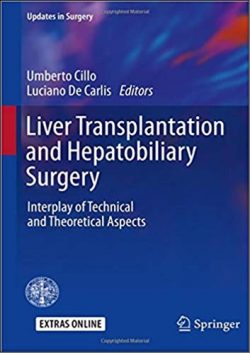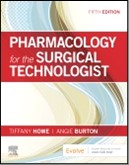This book provides an essential update on microvascular decompression (MVD) surgery, which has been widely accepted as an effective remedy for cranial nerve hyperexcitability disorders such as hemifacial spasm, trigeminal neuralgia, glossopharyngeal neuralgia, etc. The authors describe in detail those steps of the process that need the most attention in order to achieve an excellent postoperative outcome, including positioning, craniectomy, approach and identification of the culprit, etc. Though it primarily focuses on surgical principles and technical nuances, the book also addresses the intraoperative electrophysiologic monitoring and pathogeneses of hemifacial spasm and trigeminal neuralgia.
The history of MVD surgery.- Microsurgical Anatomy for Microvascular Decompression Surgery.- Pathogenesis and Treatment of Hemifacial Spasm.- A Novel Hypothesis on the Mechanism of Hemifacial Spasm.- Pathogenesis of Trigeminal Neuralgia .- Surgical Technique of Microvascular Decompression Surgery for Trigeminal Neuralgia.- Surgical Technique of Microvascular Decompression Surgery for Hemifacial Spasm.- Microvascular Decompression Surgery for Disabling Posi-tional Vertigo and Tinnitus.- Microvascular Decompression Surgery for Glossopharyngeal Neuralgia.- MVD for neurogenic hypertension: a review.- Treatment of Vago-glossopharyngeal neuralgia with MVD and other neurosurgical procedures.- Introperative Monitoring.- Outcome Evaluation and Postoperative Management.- Re-operation for Hemifacial spasm.- Perioperative adverse events of microvascular decompression: Review and a personal experience of 2263 cases.
Shi-Ting Li, MD, PhD and Jun Zhong, MD, PhD, are from the department of neurosurgery, XinHua Hospital, Shanghai Jiao Tong University School of Medicine, China. Raymond F. Sekula, Jr., MD, MBA, FACS, is from University of Pittsburgh School of Medicine, UPMC Presbyterian Hospital, Pittsburgh, PA, USA.
This book provides an essential update on microvascular decompression (MVD) surgery, which has been widely accepted as an effective remedy for cranial nerve hyperexcitability disorders such as hemifacial spasm, trigeminal neuralgia, glossopharyngeal neuralgia, etc. The authors describe in detail those steps of the process that need the most attention in order to achieve an excellent postoperative outcome, including positioning, craniectomy, approach and identification of the culprit, etc. Though it primarily focuses on surgical principles and technical nuances, the book also addresses the intraoperative electrophysiologic monitoring and pathogeneses of hemifacial spasm and trigeminal neuralgia.
Shi-Ting Li, MD, PhD and Jun Zhong, MD, PhD, are from the department of neurosurgery, XinHua Hospital, Shanghai Jiao Tong University School of Medicine, China. Raymond F. Sekula, Jr., MD, MBA, FACS, is from University of Pittsburgh School of Medicine, UPMC Presbyterian Hospital, Pittsburgh, PA, USA.
Provides MVD surgery in separate chapters in hemifacial spasm, trigeminal neuralgia, glossopharyngeal neuralgia
Introduces this surgery as an effective remedy for cranial nerve hyperexcitability disorders
Describes in detail critical steps of the process





